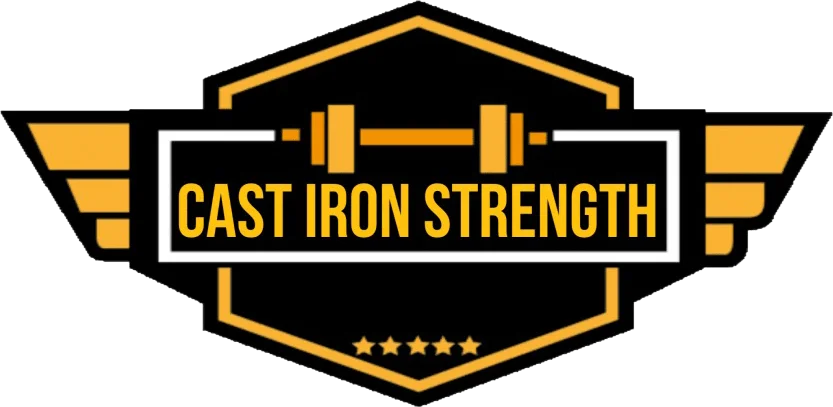Yours truly using bands not as they are originally intended.
The dynamic effort popularised by Louie Simmons of westside barbell is a method utilised a lot by equipped lifers primarily multi-ply feds tend to use it in their training although a lot of prominent single ply lifters also use this method along with a smattering of raw lifters. It is base off the idea of a strength curve of a lift, this is a basic concept based off the biomechanics of the movement and one that equipment exaggerates a lot. Basically put – As joint angle increases the strength of the joint (it’s ability to produce a peak force) decreases.
 To use the analogy of the squat as you descend into deeper knee flexion (a deeper squat) the ability of the quadriceps to apply a large force on that joint dimincious rapidly. Therefore the bottom of the squat is the weakest portion of the lift and therefore for most people the sticking point of the lift (for other biomechanical factors this isn’t necessarily the case but for the sake of simplicity we will assume it is. Therefore once you are past the weakest joint angle and into lesser angles the load you are lifting is no longer as taxing for your muscles as they have a higher ability to produce a peak force in these angles.
To use the analogy of the squat as you descend into deeper knee flexion (a deeper squat) the ability of the quadriceps to apply a large force on that joint dimincious rapidly. Therefore the bottom of the squat is the weakest portion of the lift and therefore for most people the sticking point of the lift (for other biomechanical factors this isn’t necessarily the case but for the sake of simplicity we will assume it is. Therefore once you are past the weakest joint angle and into lesser angles the load you are lifting is no longer as taxing for your muscles as they have a higher ability to produce a peak force in these angles.
Enter accommodating resistance.
Bands and chains achieve the same aim as the concentric portion of the lift is being completed and the joint angles involved become more advantageous the band increases in tension or the amount of chain links involved come off the floor thus increasing the amount of resistance involved in the lift. Simply put – As the joint angle becomes stronger the weight becomes heavier. This has been proposed to overload the entire movement and make the lifter stronger through lock out and more explosive from the bottom portion (as they are required to carry more momentum into the sticking point to overcome the increasing resistance. Be this the case or not accommodating resistance or dynamic method allow a lifter to achieve two useful things in my opinion.
- They make the lifter acutely aware of the line of the bar (especially bands) usually resulting in more efficient technique
- They allow the lifter to add in more volume of the lift while not beating themselves up so much due to the lesser loads in exposed and often vulnerable position (bottom of the bench press).
As such when used in conjunction with a traditional over reaching programme that utilises straight weight 1-2x per week they can be a great addition to a lifter’s training cycle as a contrast to their straight weight lifting earlier or later in the week. 
Putting chains and bands into your programme.
Using bands and chains as a novel skill learning tool can really help some lifters grasp some aspects of technique that can be extremly difficult to get across by just talking to a lifter
- Keeping the bar close in deadlift
- Generating speed in bench press using the lowerbody
- Holding your trunk in a squat and keeping balance
- Driving hard into the bar in the ascent
Ect. Therefore I would recommend most lifters try at least one 6 week band or chain cycle per lift to see if it is a training method you can utalise to a varierty of ends. Here is an example of how you might structure the week.
Six week overreaching cycle using bands or chains to contrast the load
- Day One – 5×5 @ 75% – 5×4 @ 80% – 5×3 @ 85% – 5×5 @ 80% – 5×4 @ 85% – 5×3 @ 90% – Current 1 RM (week one to six)
- Day Two – Bands or chains following loading guide (see below)
- Day Three – 6 sets of 2 @ 80% of goal or current RM
Take 48 hours off between workouts.
Now we know what it looks like in the context of a programme lets take a look at the ins and outs of using the method of contrasting resistance. Typically it is recommended that a lifter use 50-60% of bar weight and 20-25% of additional weight to make up the speed weight. This is a percentage of your current maximum. 
Click to access KG dynamic Method Chart (60 to 360kg max)
Click to access LB Dynamic Method Chart (135 to 805 lb max)
Marc.


